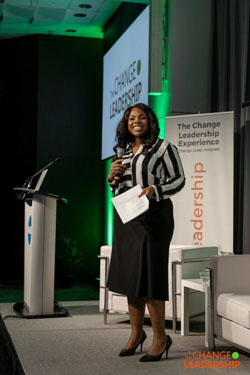
This past decade, business communicators have had to rethink their strategies to deliver multidimensional messages about organizational overhauls to anxious workforces. With emerging and trending technologies making once-arduous tasks past frustrations for corporations, countless employees are in the presence of uncertain futures – panic triggered by coronavirus repercussions only exacerbating worries.
Now more than ever, shaping the narrative to elevate the employee experience is the priority for companies in the midst of major operational transformations. And, as luck would have it, Yvonne Ruke Akpoveta, founder and CEO of The Change Leadership conferences and events—including Leading Change in the 4th Industrial Revolution—has made ‘supporting professionals and organizations to lead and transition through change’ her life’s mission and advocacy avenue.
“One of the core skills related to change leadership is demonstrating empathy to build trust,” she explains. “Communicators must take a human-centred design approach to change management messaging to make corporate transformations more manageable for everyone impacted.”
Business Communicators as Change Leaders
The conduits through which change is conveyed, business communicators must keep eyes peeled in all directions, says Yvonne. Through her polished Change Leadership lens, she shares her top three tips for supporting organizational change through effective communications in the fourth industrial revolution.
- Stay aware of emerging technology trends. For communications professionals to deliver messaging about digital transformation more effectively, they need to understand what is happening in the market. “Waiting for the change management or technology lead to say, ‘this is the change, and this is what you need to communicate’, isn’t conducive to a successful company transition, if the communicator doesn’t have a well-informed view of the implications for employees,” says Yvonne. “As opposed to just receiving and sending information, they need to be the architects of a strategy with a big-picture perspective.”
- Empower employees through education. Even before an organization has its specific digital transformation plan established, communicators can start to create employee awareness of evolutions in technology and market changes. “What better way to get employees participating and sharing ideas to contribute to the development of the company and start thinking more innovatively about their jobs?” Yvonne points out. “Everybody needs to be leading and driving change within an organization.”
- Encourage two-way communication engagement. “This is where culture comes into the game,” explains Yvonne, “because it’s not just about creating that open channel; it’s about having the type of culture in which leaders are open to receiving feedback.” Communicators can provide counsel to executive leaders and reshape the message in a way that makes employees feel comfortable providing feedback. Of course, adds Yvonne, “it is up to organizational leadership to walk the talk.”
The key to fourth industrial revolution change communications really is to balance what organizations want to say, with what employees need to hear and understand, says Yvonne. “In this way, communicators can truly make all the difference.”
For additional insights, strategies and solutions to help lead and respond to change is today’s dynamic and disruptive business environment, register for The Change Leadership’s FREE Masterclass.
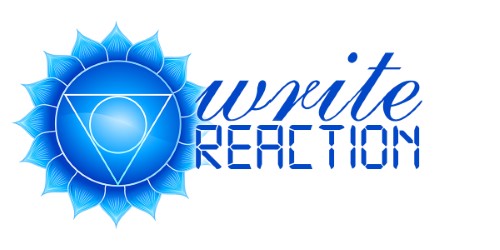

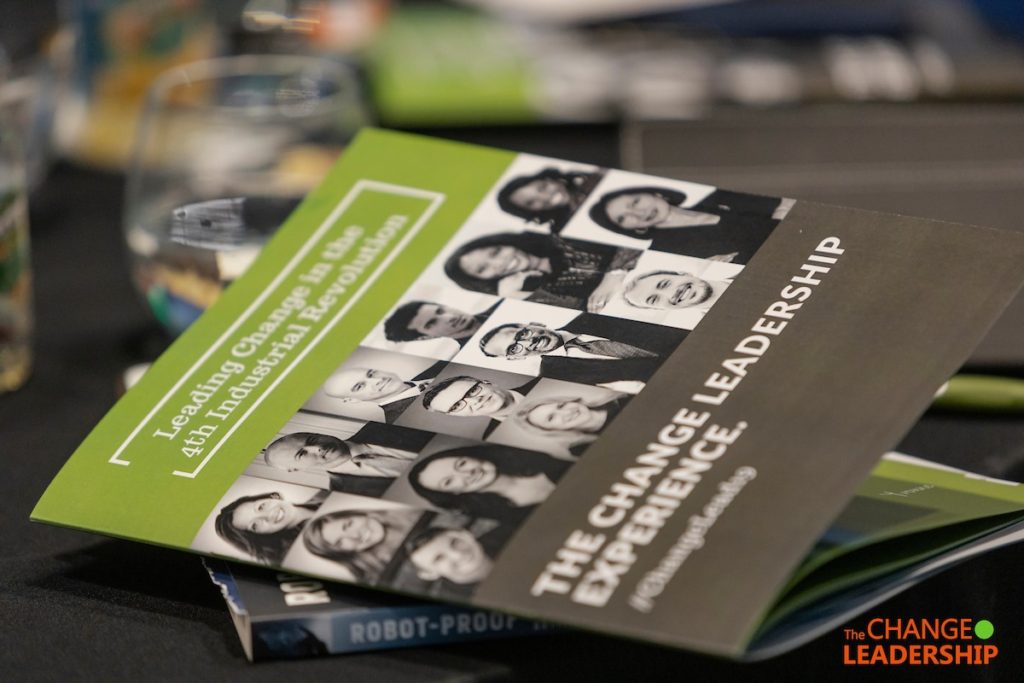
 Creative thinking helps us uncover new and innovative ways to look at situations.
Creative thinking helps us uncover new and innovative ways to look at situations.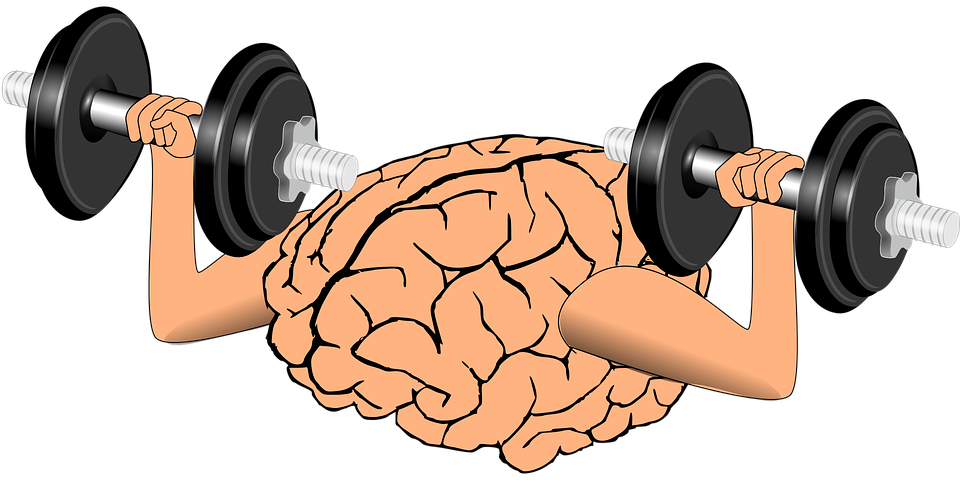 Here are just a few:
Here are just a few: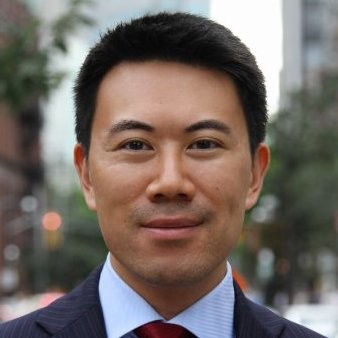 Stories are sticky and remembered up to 22 times more than facts alone, according to cognitive psychologists. It should come as no surprise that smart professionals use business storytelling to drive change in their organizations.
Stories are sticky and remembered up to 22 times more than facts alone, according to cognitive psychologists. It should come as no surprise that smart professionals use business storytelling to drive change in their organizations. Effective storytelling can help professionals quickly share their vision, inspire bold action, and even build trust, Ron explains, but there is a formula to crafting effective narratives.
Effective storytelling can help professionals quickly share their vision, inspire bold action, and even build trust, Ron explains, but there is a formula to crafting effective narratives.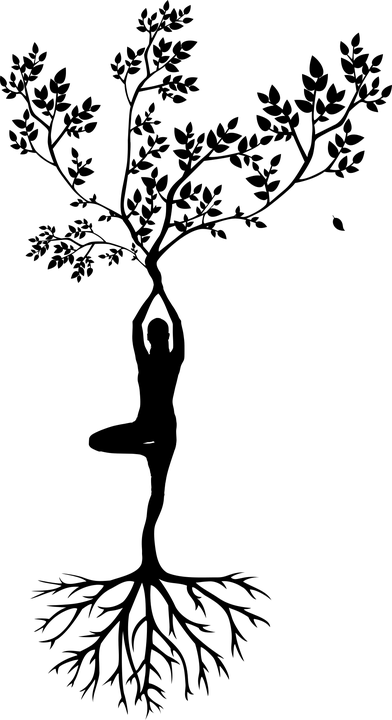 The key to being healthy in the holistic sense is realizing that your physical body is just one fraction of seven dimensions that comprise your whole being. Discover how to nurture each interconnected area of wellness and maintain balance among them for the betterment of your entire self.
The key to being healthy in the holistic sense is realizing that your physical body is just one fraction of seven dimensions that comprise your whole being. Discover how to nurture each interconnected area of wellness and maintain balance among them for the betterment of your entire self. If you didn’t attend the most recent Avanti Women gathering, Women in Transition, you missed out on one heck of an empowering, knowledge-packed evening.
If you didn’t attend the most recent Avanti Women gathering, Women in Transition, you missed out on one heck of an empowering, knowledge-packed evening.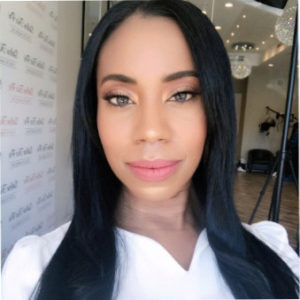
 Alosha Paranavithana gave advice to help young adults transition smoothly into the workforce in her Goddess Lean-In Circle, ‘Backpack to Briefcase’. Her key piece of advice for our women’s group centred on setting goals, yet being flexible with the prospects.”Do you know what you want? That’s a big question,” she said to the crowd. “You need to know the answers to those sorts of questions but not have the expectation that things will go exactly the way you planned them because there will be obstacles and challenges down the road.”
Alosha Paranavithana gave advice to help young adults transition smoothly into the workforce in her Goddess Lean-In Circle, ‘Backpack to Briefcase’. Her key piece of advice for our women’s group centred on setting goals, yet being flexible with the prospects.”Do you know what you want? That’s a big question,” she said to the crowd. “You need to know the answers to those sorts of questions but not have the expectation that things will go exactly the way you planned them because there will be obstacles and challenges down the road.”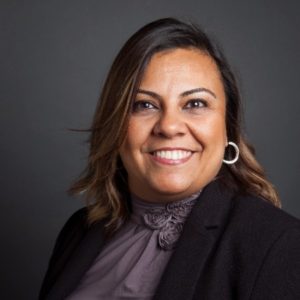
 Lisa Mitchell talked our women’s group through the experience of moving through fear and uncertainty to pursue their true professional passions in her talk,’Discover Career Possibilities’. She told her Lean-In Circle attendees to stay focused on the potential positive outcomes of their career transition, rather than psyching themselves out by the possibility of failure. “When we’re considering a transition, we’re wired to start our thought process with, ‘what if it’s just a disaster?'” she said. “Flip it! Start by asking yourself, ‘what if it all works out?'”
Lisa Mitchell talked our women’s group through the experience of moving through fear and uncertainty to pursue their true professional passions in her talk,’Discover Career Possibilities’. She told her Lean-In Circle attendees to stay focused on the potential positive outcomes of their career transition, rather than psyching themselves out by the possibility of failure. “When we’re considering a transition, we’re wired to start our thought process with, ‘what if it’s just a disaster?'” she said. “Flip it! Start by asking yourself, ‘what if it all works out?'” In Lissette Edward Copperi’s Goddess Circle on ‘Branding’, she stressed the importance of being mindful of what you publish on social media. “Every single posting you make really shapes people’s perceptions of you, one way or the other,” she warned. “And now more than ever, it is common practice for employers to check out candidates on social media first to weed out the people who are not a good fit.”
In Lissette Edward Copperi’s Goddess Circle on ‘Branding’, she stressed the importance of being mindful of what you publish on social media. “Every single posting you make really shapes people’s perceptions of you, one way or the other,” she warned. “And now more than ever, it is common practice for employers to check out candidates on social media first to weed out the people who are not a good fit.”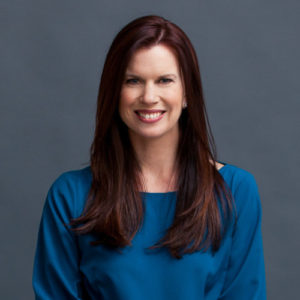 Kate Hodgson taught women how to shape their professional stories in a way that engages potential clients and future employers in her ‘Storytelling’ Lean-In. “When you’re telling your story in a professional sense, the end should always demonstrate the lessons that you learned,” she shared. “How do you reflect back on your experience? What are the things you don’t do any more?” she posed to the group. “What lessons came out of the entire experience that you now absorb as a part of who you are and can offer to somebody else.”
Kate Hodgson taught women how to shape their professional stories in a way that engages potential clients and future employers in her ‘Storytelling’ Lean-In. “When you’re telling your story in a professional sense, the end should always demonstrate the lessons that you learned,” she shared. “How do you reflect back on your experience? What are the things you don’t do any more?” she posed to the group. “What lessons came out of the entire experience that you now absorb as a part of who you are and can offer to somebody else.”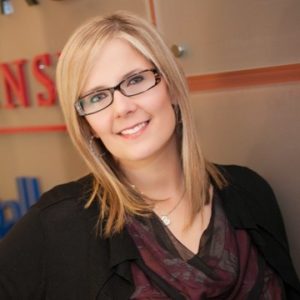 In the Goddess Lean-In Circle, ‘Advancing your career’, Teresa Gabriele spoke to our women’s group about the importance of knowing themselves thoroughly and using that information to enhance their job searches. She stressed the importance of being authentic and consistent in way you present yourself. “Make sure any employer that’s going to be creeping on you—and I’m sure they will—is going to see the same story that you’re selling on your resume, in your interview, or at an informal meeting at a coffee shop,” she advised. “It’s amazing how many people you will meet just randomly that will check your LinkedIn profile, so have the right communication theme about who you are and what you bring to the table.”
In the Goddess Lean-In Circle, ‘Advancing your career’, Teresa Gabriele spoke to our women’s group about the importance of knowing themselves thoroughly and using that information to enhance their job searches. She stressed the importance of being authentic and consistent in way you present yourself. “Make sure any employer that’s going to be creeping on you—and I’m sure they will—is going to see the same story that you’re selling on your resume, in your interview, or at an informal meeting at a coffee shop,” she advised. “It’s amazing how many people you will meet just randomly that will check your LinkedIn profile, so have the right communication theme about who you are and what you bring to the table.”
 Learning to Spot the Spotty Profiles
Learning to Spot the Spotty Profiles
 Rotsztain also hopes to teach Torontonians with his colouring book.
Rotsztain also hopes to teach Torontonians with his colouring book.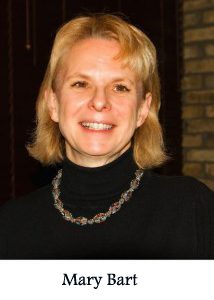 In her mid 40s, Mary Bart became the primary caregiver for her mother, with Alzheimer’s, and father, with cancer. For 10 years, often seven days a week, Mary drove 40 minutes south to her parents’ home where she did “all the things that daughters do,” she explained.
In her mid 40s, Mary Bart became the primary caregiver for her mother, with Alzheimer’s, and father, with cancer. For 10 years, often seven days a week, Mary drove 40 minutes south to her parents’ home where she did “all the things that daughters do,” she explained. Like any purposeful pioneer, Mary identified a need in the current market and sought to fill it with her expertise. In 2008, coupling her 18-year professional technology background with a recent decade of personal, hands-on caregiving experience, she founded
Like any purposeful pioneer, Mary identified a need in the current market and sought to fill it with her expertise. In 2008, coupling her 18-year professional technology background with a recent decade of personal, hands-on caregiving experience, she founded  Eleanor Silverberg, owner and director of
Eleanor Silverberg, owner and director of  Canada’s aging population is growing and fuelling caregiving needs across the country. By 2030,
Canada’s aging population is growing and fuelling caregiving needs across the country. By 2030, 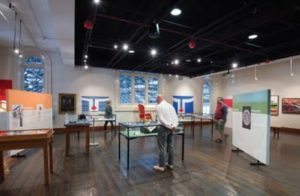
 Canada has a unique flavour that differentiates it from all other nations. In Toronto, this essence is best exemplified by the diverse cuisines and unique culinary experiences that have become synonymous with its culture.
Canada has a unique flavour that differentiates it from all other nations. In Toronto, this essence is best exemplified by the diverse cuisines and unique culinary experiences that have become synonymous with its culture.
